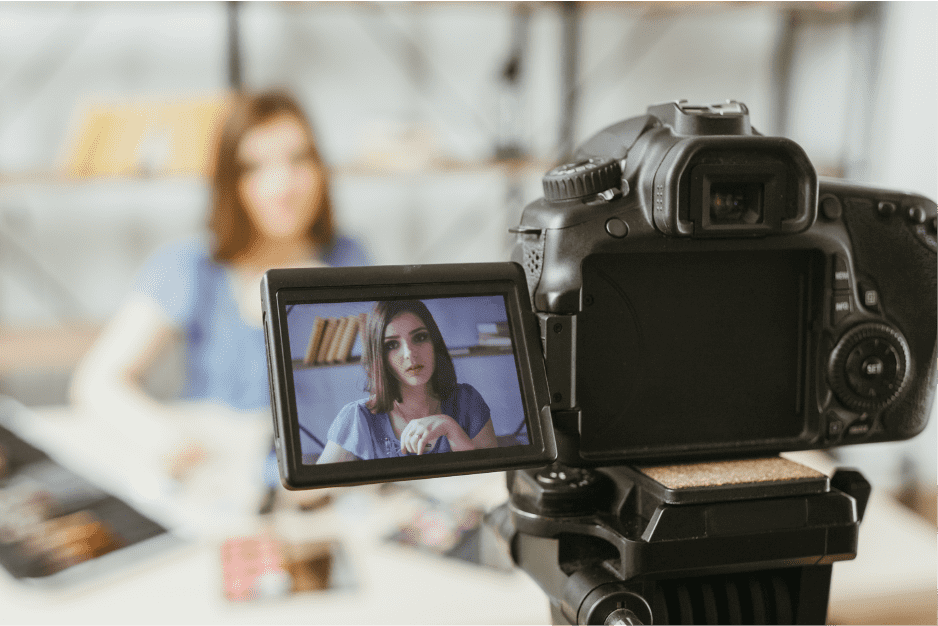Digital Marketing
Resources

How to Film Video Testimonials
Video testimonials - an effective, personalised tool that shows what you do and what you offer your customers. If you’re in the process of creating testimonials, think about how they can translate to video and ask your clients if they'd be comfortable delivering feedback via video.
Deciding the style
There are two main styles of video testimonials - scripted and non-scripted. Scripts work well for staying on message, particularly if you're getting the testimonials made for promotional purposes. Non-scripted offer a more natural, authentic approach and are often filmed off-the-cuff. Unless the person in front of the camera is confident to talk without a script, it’s recommended they use one. Decide if the footage will be filmed as a B-roll (shots of activity that cut into narration), a straight presentation or as an interview.
Set up a teleprompter
If the person delivering the testimonial is comfortable, they could learn their lines ahead of time and recite them on camera. Otherwise, use a teleprompter - a display device that keeps the speaker on track and on script. A laptop held at the side of the camera can work just as well as a teleprompter.
Have a filming device
The technology of the times has made the smartphone a cool tool and almost anything can be filmed with one. As your video will be viewed widescreen, be sure to flip the phone to its side, horizontally - it's the ideal way to shoot.
Client generated content
Find out if your clients are willing to shoot the video themselves, if it suits them better. They can then give it to you for editing, production and branding. If you have a specific filming location in mind - your workplace or a spot that reflects your brand, direct your clients there. Select a location with lots of natural light and one that’s quiet enough for the audio to be heard.
Microphone
If you're filming at a location with background noise, use a lapel microphone (mics that clip onto your shirt and have a charge pack that attaches to your belt), to help pick up the voice. This will improve the quality of your recording and get you a more professionally finished product.